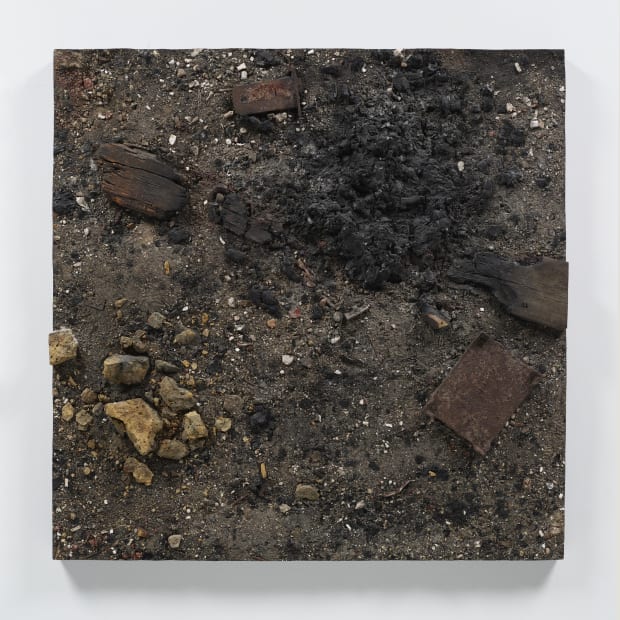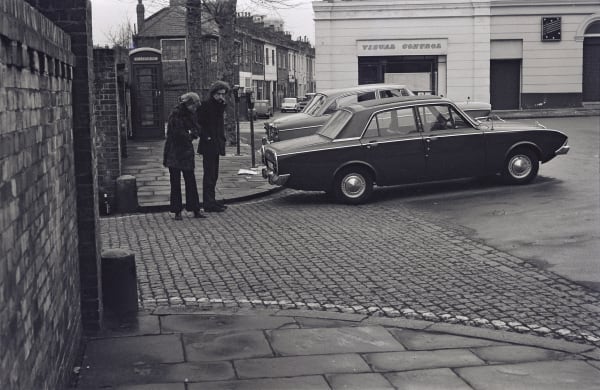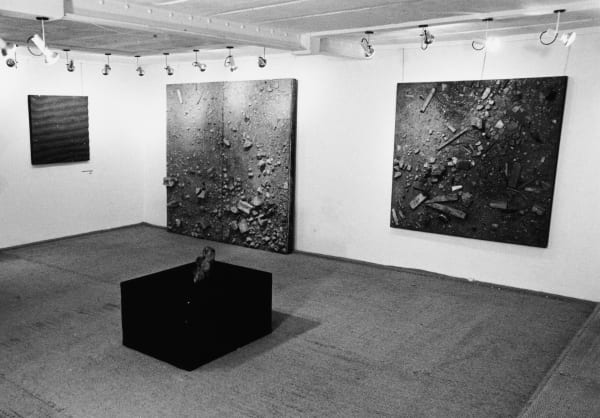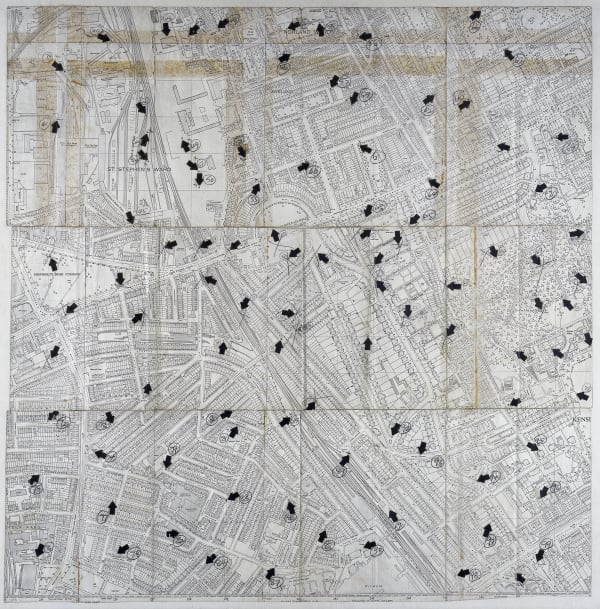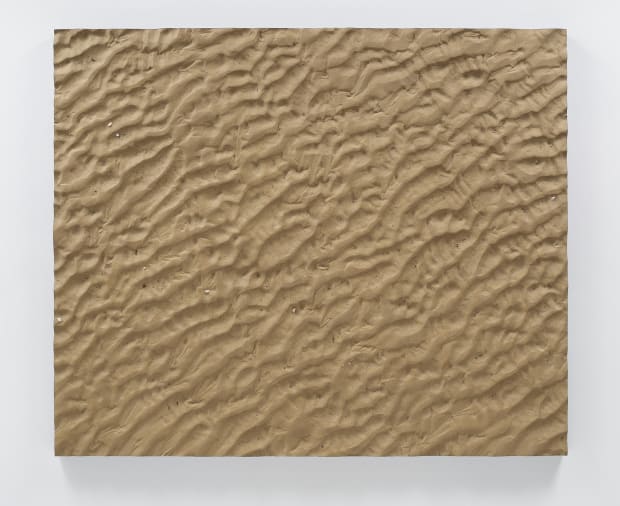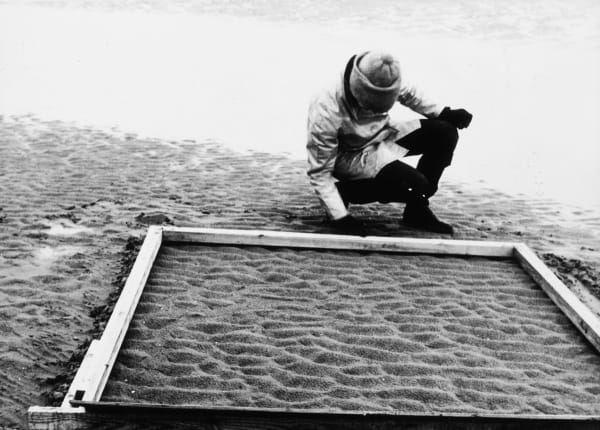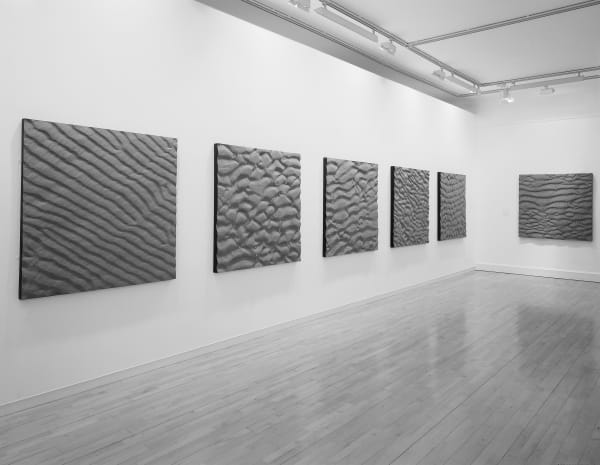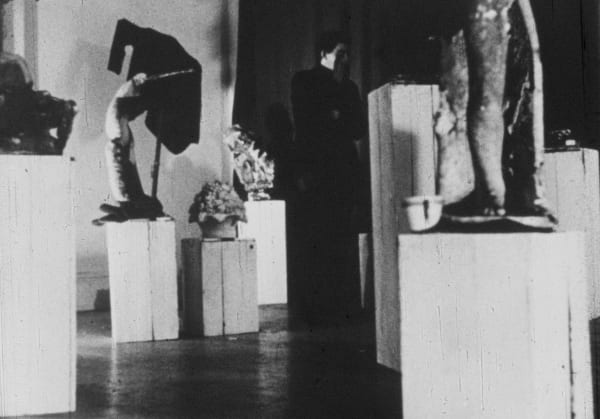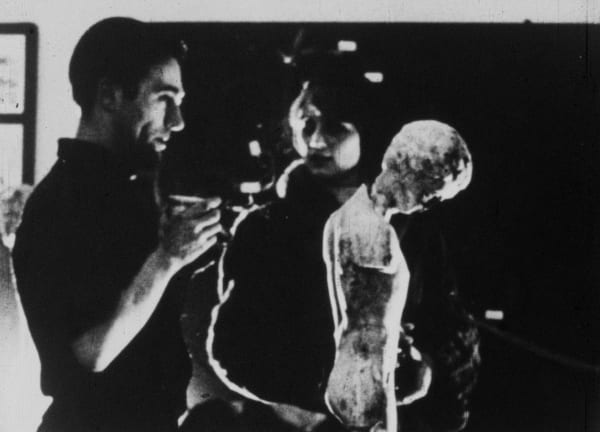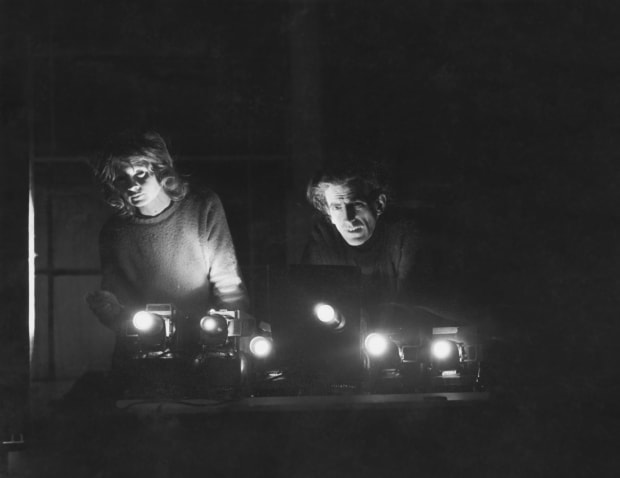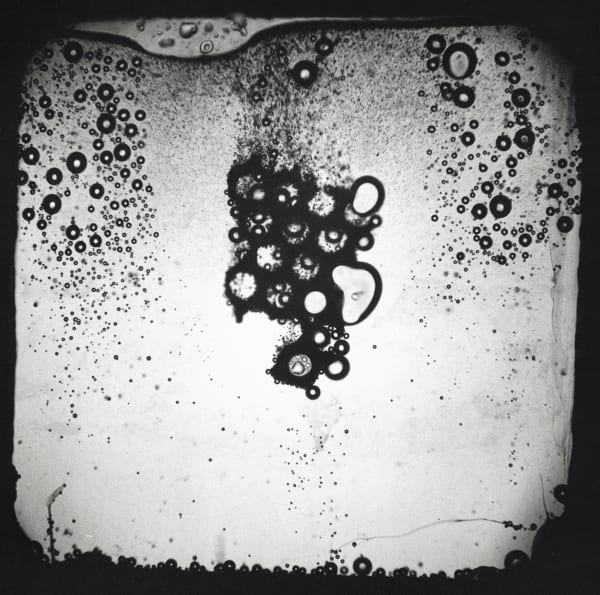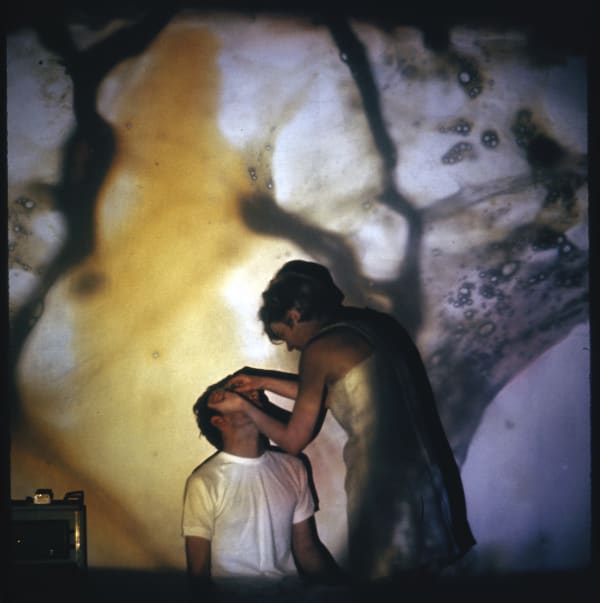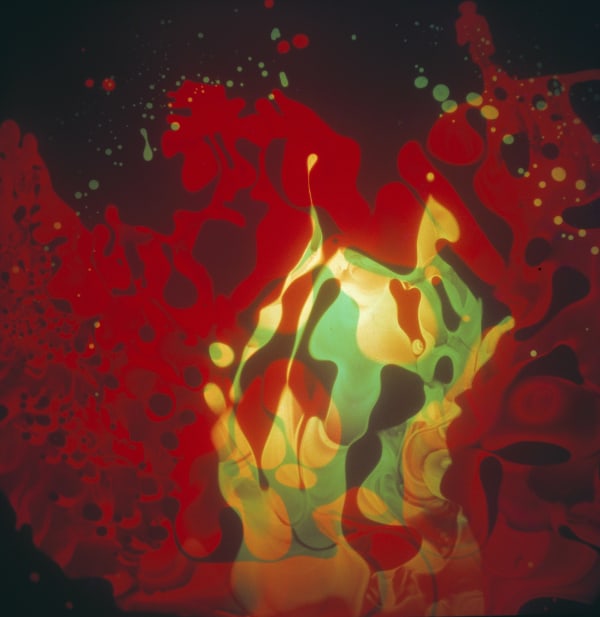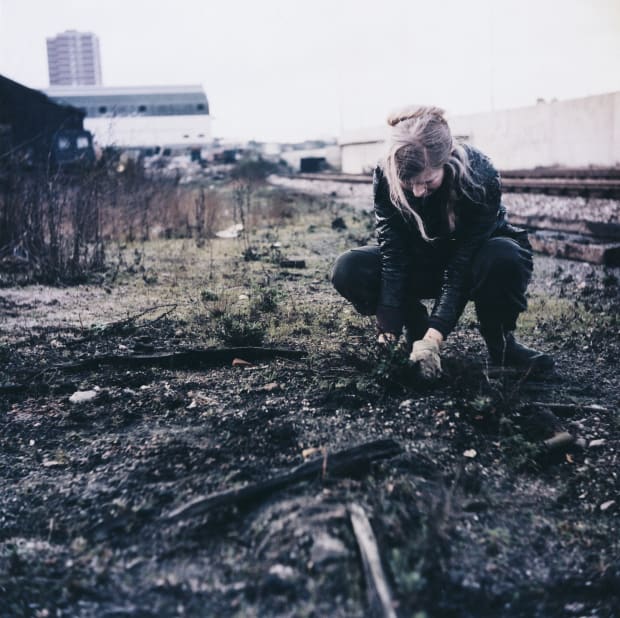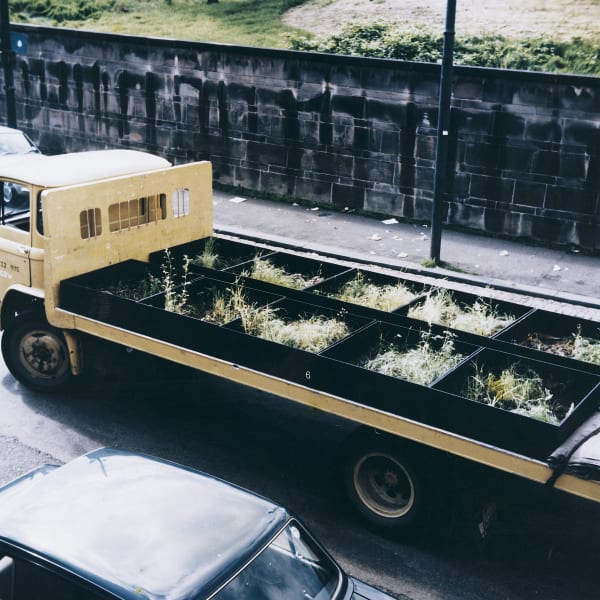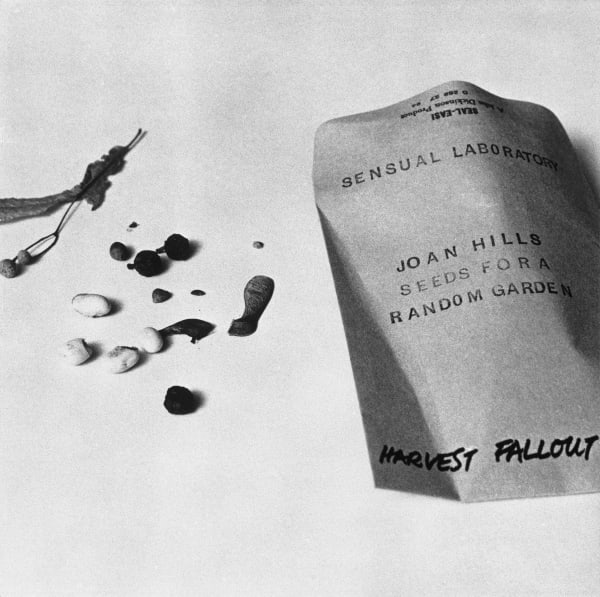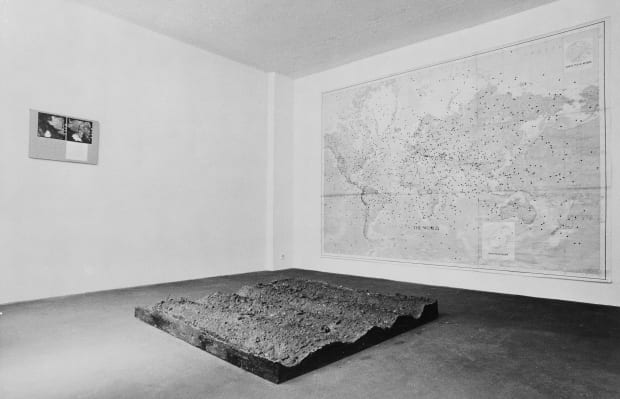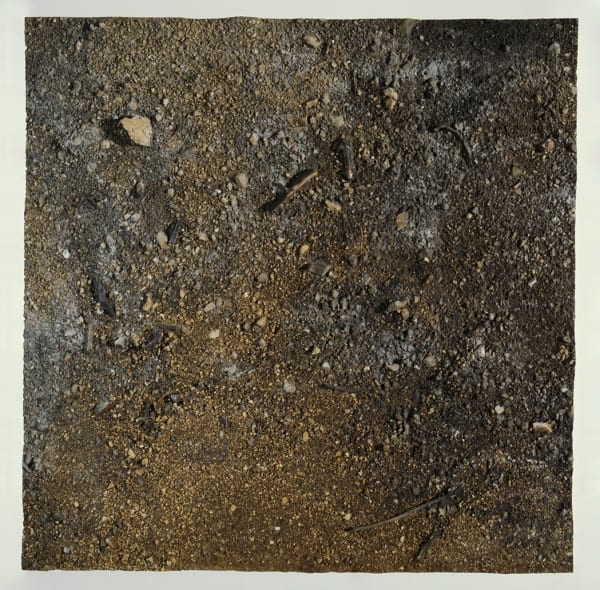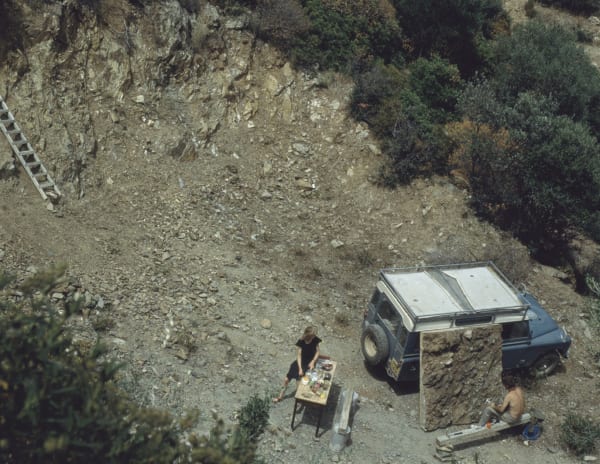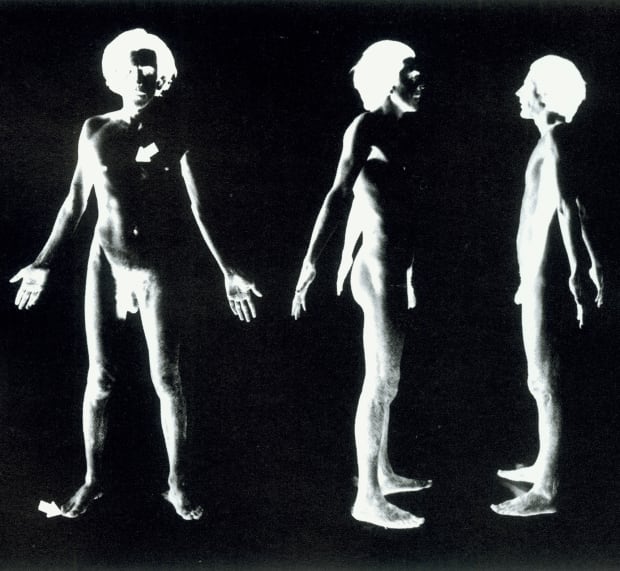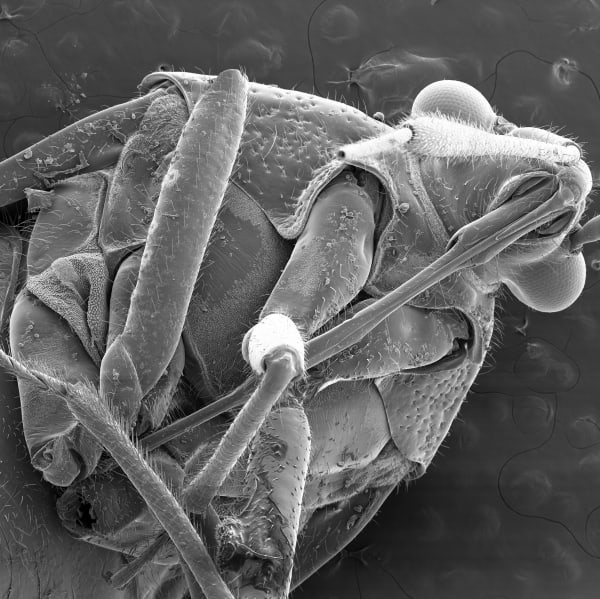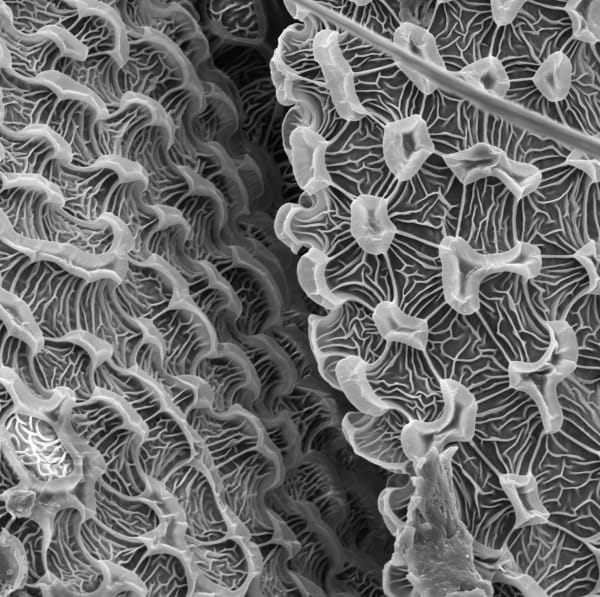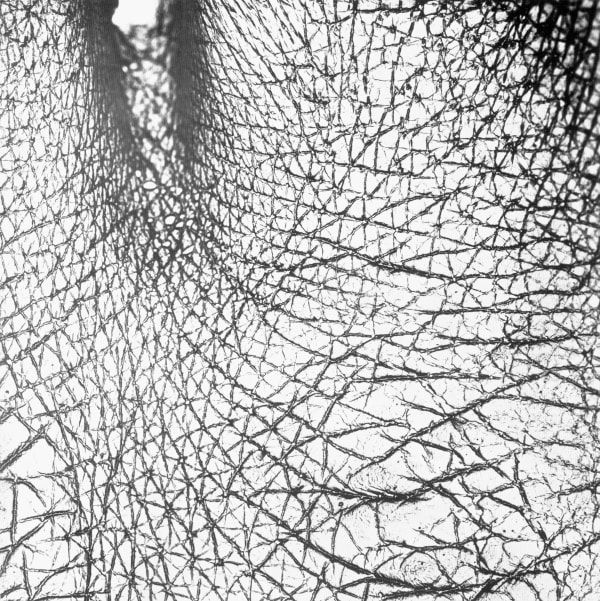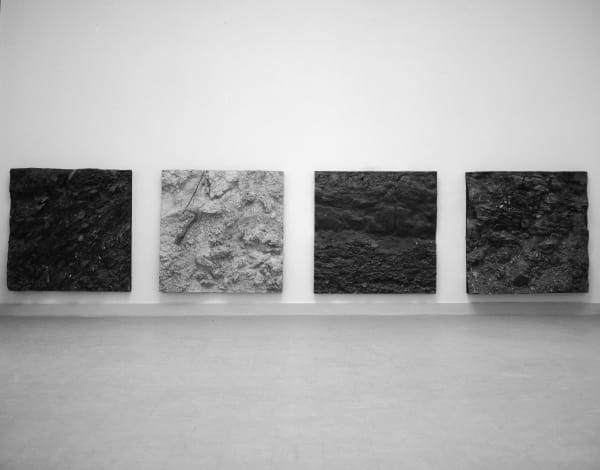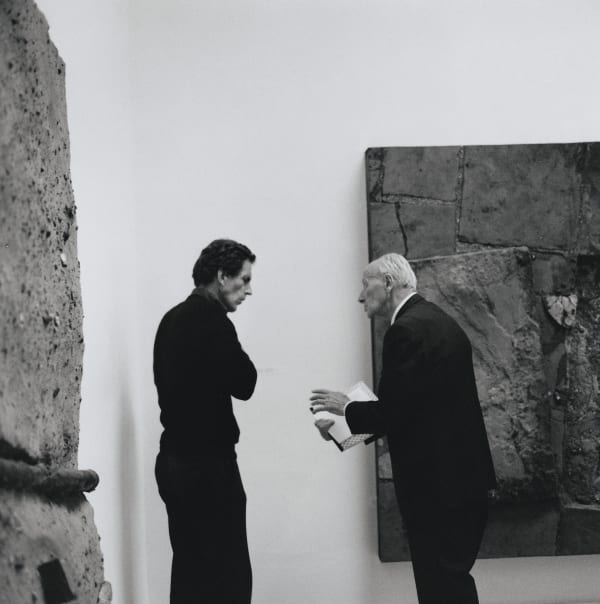-
BOYLE FAMILY
Nothing is more radical than the facts
March 6 – April 24, 2021
Luhring Augustine Chelsea
-
Boyle Family, directed by Georgia Boyle and Fran Robertson; A Surface films production for the Scottish Arts Council Lottery Fund and BBC Scotland
-

-
EARTHPROBES
-

-

-
-

Joan Hills works on an earthprobe at Camber Sands, 1969.
-

All 14 earthprobes that comprise the Tidal Series are in the collection of the Scottish National Gallery of Modern Art. Installation View: Boyle Family, Scottish National Gallery of Modern Art, Edinburgh, Scotland, August 14 – November 9, 2003.
-
-
EVENTS AND LIGHT WORKS
-

-

-
-

Zinc being destroyed by acid in Son et Lumière for Earth, Air, Fire and Water, 1966.
-

Son et Lumière for Bodily Fluids and Functions, January 1967. Projections included bodily fluids extracted from Boyle and Hills during the performance.
-

Projection from Son et Lumière for Earth, Air, Fire and Water, 1966.
-
-

-

-

Skin Chart for Body Work, 1969
-
-
NOTHING IS MORE RADICAL THAN THE FACTS
-
For the larger part of the last century, Boyle Family have continued making work internationally and locally in London. In addition to the ICA London exhibition (1969), and the Venice Biennale (1978), solo exhibitions of their work have been held at the Hayward Gallery, London (1986), the Auckland City Art Gallery, New Zealand (1990), as well as a major retrospective at the Scottish National Gallery of Modern Art (2003). In presenting reality holistically, Boyle Family developed a multi-generational and multifarious approach as a means of transcending the practical and formal limitations of artmaking. The inclusive and international nature of their practice offers an all-embracing way of looking at things, a prescient antecedent to the now common globalization of visual culture.

